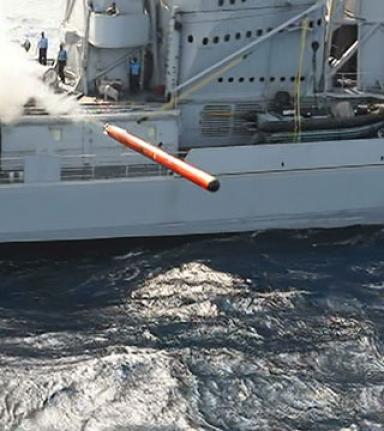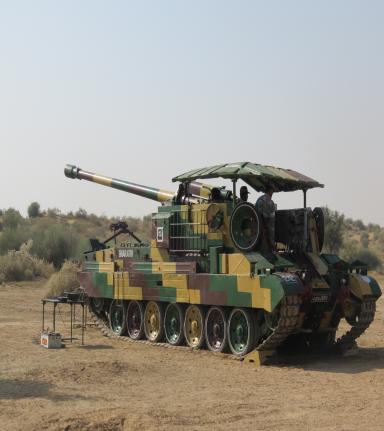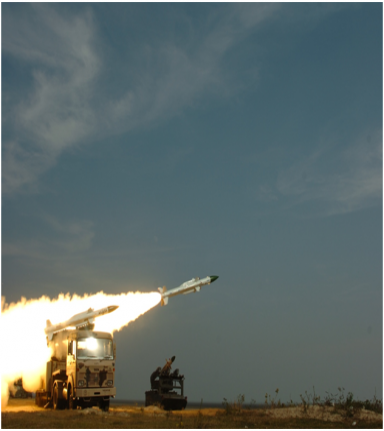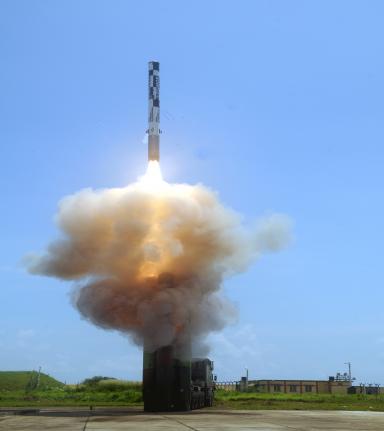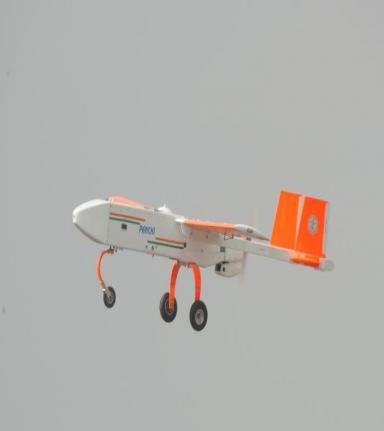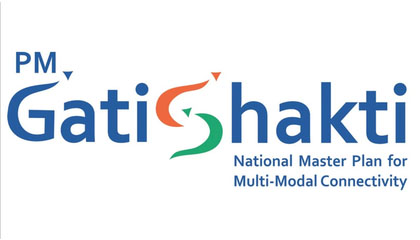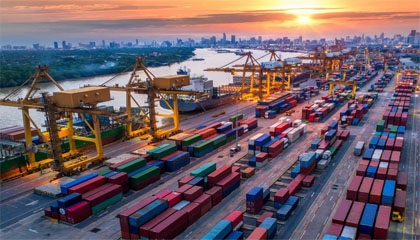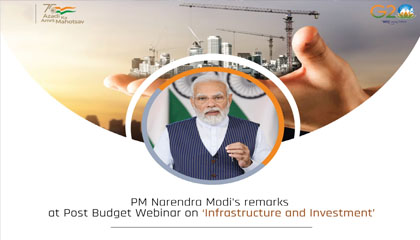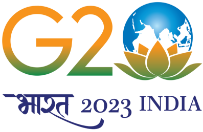Making of India Foreign Policy
Foreign policy making and practices is gaining popularity in India. This is evident from my presence here today at NEHU, Shillong attempting to explain these issues to this audience of students and faculty members. This is a welcome development for foreign policy practitioners like myself, a former Indian diplomat, because such growing interest in the subject gives us the confidence that what we do has some relevance to our countrymen.
This is so much different from when I joined the Indian Foreign Service in 1984. Then, foreign policy and external affairs was largely considered as an esoteric and strange subject, and diplomats were thought of those lucky guys who lived in great comfort abroad, wining and dining and occasionally let slipping a lie or two on behalf of the nation. From the early 1960s until the late 1980s, India was battling its many challenges at home and had little time or patience for foreign affairs. The only ‘foreign’ object of envy and welcome in our homes in those days was the NRI or PIO brother/sister/uncle or aunt and his or her bag full of goodies like imported chocolates, cookies, perfumes, toiletries, wines and cigarettes, the likes of which were rarely seen then in most Indian homes. Yes, I am talking about a scenario many of you would probably have been too young to remember.
Not so anymore. Starting with India’s economic reforms and globalization thrust in the early 1990s, the pace of change in our daily lives and in foreign affairs has been truly astounding.
The Gati Shakti Master Plan, introduced by PM Modi on 13 October 2021, stands as a significant undertaking that aims to enhance collaboration among various ministries, states, and departments.
Acknowledging the pivotal role of port infrastructure in driving economic growth, the Modi government has undertaken ambitious endeavours to enhance and modernise India's ports.
Under the PM Gati Shakti National Master Plan For Connectivity, the Indian Government has introduced a novel digital tool aimed at addressing the challenges of project delays
Over the past years, the government has successfully launched 15 Vande Bharat trains, with plans to manufacture an additional 400 Vande Bharat express trains in the next three years
In a significant move, the government demonstrated its boldness in the budget by raising the capital investment outlay to Rs 7.5 lakh crores.
What is Foreign Policy?
Before we get into the nitty gritty of how foreign policy evolves and is formulated, and who are its principal proponents and players, let us reflect for a moment on what we mean by the term ‘foreign policy’. Very simply, one could say it is an adjunct of India’s domestic policies aimed at protecting and advancing the country’s national interests in the international platform. Let us describe India’s principal goals as reduction of poverty, inclusive growth and prosperity, and peace, security and harmony in the country, in the region and across the worldwide globe. The components of our foreign policy is to aid and strengthen the strategic objectives and measures our country adopts in pursuit of these goals in our dealings with the global community of nations.
Factors Influencing Foreign Policy
A second issue on which we need some clarity, is what are the issues that influence India’s foreign policy making. The first and perhaps the most important one is India’s geographic location. As the wise ones’ will tell you, "You may get to choose your friends, but you can’t choose your neighbours.” Therefore our immediate neighbourhood and how well we manage it, has the greatest influence on how effectively we can interact with the rest of the world.
India’s strategic culture shaped by its history, particularly the colonial era, its philosophy which emphasizes non-aggressive behaviour, and traditions like ‘Atithi Devo Bhava’(or the guest is God) have influenced foreign policy making significantly.
India’s requirements and goals, which have been changing with the times, also impact on our external affairs. For instance, in the first three decades, we needed all the friends and all the assistance, political and material, that India could get, and therefore our founding fathers emphasized on the ‘non-aligned’ aspects of policy so that we could reach out to both camps during the days of the bi-polar Cold war era. Today, that situation has changed. India itself is evolving as one of the many poles in the global political, security and economic architecture and so our non-alignment policy has lost its pride of place.
Global and regional challenges are another aspect in the shaping of foreign policy. In the first few decades after Independence, consolidating India’s newly acquired political, social and economic freedom in a world dominated by the two super powers and some older colonial powers, was one of the main challenges to our foreign policy planners. The political instability in our immediate neighbourhood, particularly in West and East Pakistan, the freedom struggles and anti-apartheid movements in our larger neighbourhood in Asia and Africa, were also determinants of policy. Bipolarity, colonialism and racism are less dominant now. Today’s challenges consist of reform and modernization of the global political, economic and monetary systems, symbolized respectively by the United Nations, the World Trade Organization (WTO), the IMF and the World Bank. Globalization is both an opportunity and a challenge. India has benefited immensely since we undertook major economic reforms and opening up to the global trading and investment systems from the early 1990s onwards. However, we are also having to deal with the negative aspects of globalization, such as nuclear proliferation, terrorism, pandemics, human and drugs trafficking, environmental degradation, and cyber crime, challenges which do not respect national boundaries. Foreign policy has to increasingly find a fine balance between India’s national interests and our interests and obligations as a member of the global community of nations.
Lastly, the resources available to any country, both in terms of human skills and funds, have a significant impact on the performance of that country in the global stage. In the early decades, India was hugely deficient in terms of budgetary support for its foreign policy outreach ambitions. Naturally our policies and practices had to be tailored to take into account this reality. Today, as the sixth largest economy in the world and government’s revenue collection in a healthy position, the resources available have significantly increased our foreign policy footprint.
Institutions and Actors in Foreign Policy Decision Making in India
Let us now turn our attention to the core of the subject of my lecture today. Who makes Foreign Policy in India? If I were to ask today’s audience, the answers would likely be Ministry of External Affairs (MEA) or the Prime Minister’s Office (PMO) or the PM himself. The simple answer is that no single institution or personality can be attributed with having exclusive rights or influence in this area. At different times, one or the other may have been dominant, but as we shall soon see, there are several contributing actors, who collectively build up what we tend to term as India’s Foreign Policy Consensus, which has the backing of the majority of the political leadership of the country, both of the ruling dispensation and those in the opposition.
Who then are these actors, influencers and makers of India’s foreign policy? Let us dwell briefly on each.
Ministry of External Affairs (MEA)
It is true that MEA is the pivotal player in India’s external or foreign relations. A look at the ‘Allocation of Business Rules’ of GOI shows that MEA has been empowered with the task of planning, formulating and managing India’s external relations with other nations to protect and promote national interests in the global stage. Given this basic directive one may mistakenly assume that MEA is the sole agent charged with making India’s foreign policy. In reality, MEA acts like the foreign policy secretariat in India, which receives numerous policy inputs from various sources, and analyzes and channelizes the different options to the political leadership, i.e., the Cabinet headed by the PM, and then implements decisions taken at this apex level.
Inputs come from information gathering primarily by Indian Diplomatic Missions (Embassies, High Commissions and Permanent Representative Offices) abroad. Other sources are relevant ministries, departments and agencies in India, from think tanks and research centres like the IDSA and IWCA, from trade and industry associations like CII, FICCI and ASSOCHAM, from academic institutions, and from individual subject specialists. After processing and analysis, the MEA’s views and options approved by the External Affairs Minister (EAM) are forwarded to the Cabinet/Cabinet Committee for consideration. The Policy Planning and Research Division of MEA is the coordinating point. Notes for Cabinet are initiated by the concerned territorial or functional division.
In line with issues that have become important in recent times, MEA has established specialized divisions catering to Counter Terrorism, Cyber Diplomacy, E-Governance, etc,. Since the late 1980s, MEA has been strengthening its economic diplomacy capabilities with divisions dealing with investment and technology promotion, now subsumed into its Economic Diplomacy Division, a division looking after Multilateral Economic Relations (MER) and specialized centres for our ties with ASEAN and BIMSTEC, which are primarily focused on strengthening economic ties. A Development Partnership Administration (DPA) was created a few years ago, to bring together all elements involved in India’s role as a preferred assistance partner to developing countries particularly in Asia, Africa and Latin America. The D&ISA Division has been in existence for over three decades dealing with nuclear proliferation, disarmament and related issues, including India’s bid for membership of the Nuclear Suppliers Group (NSG) and related bodies. Functional divisions like Administration, Establishment, Finance and Legal and Treaties, provide the tools and environment needed by Indian diplomats at home and abroad to discharge their functions effectively. The External Publicity Division of MEA, which has sponsored and arranged today’s lecture in cooperation with NEHU, is an effective recipient of foreign policy inputs particularly from the media. It is also the chief source of dissemination of information on India’s foreign policy objectives and measures, a key player in the success of Indian diplomacy initiatives.
The MEA is also the primary department responsible for all passport, visa and consular issues. Passport and visa policies, in which the Ministry of Home Affairs (MHA) has a major say, are piloted by the MEA which also discharges citizen-centric services like issue of passports and provision of consular services to all Indian nationals in India and those living abroad. It is the principal source of visas for foreign nationals desiring to visit India for various purposes like tourism, business, studies, medical services, etc,. OCI cards are issued mainly by our diplomatic missions abroad to eligible persons of Indian origin. All the functions and departments of the former Ministry of Overseas Indian Affairs, including the Protectorate of Immigrants, are now vested with MEA. In effect all Diaspora issues, including the safety and security of Indian nationals residing abroad, are under the policy making purview of MEA.


